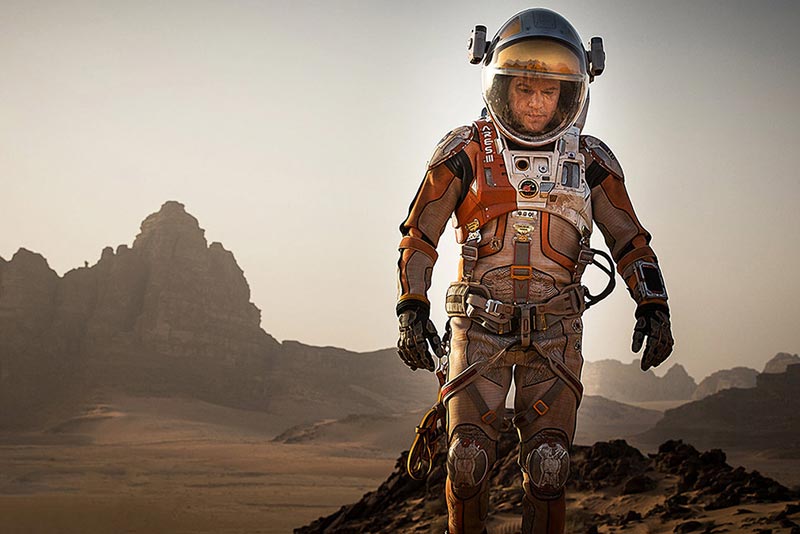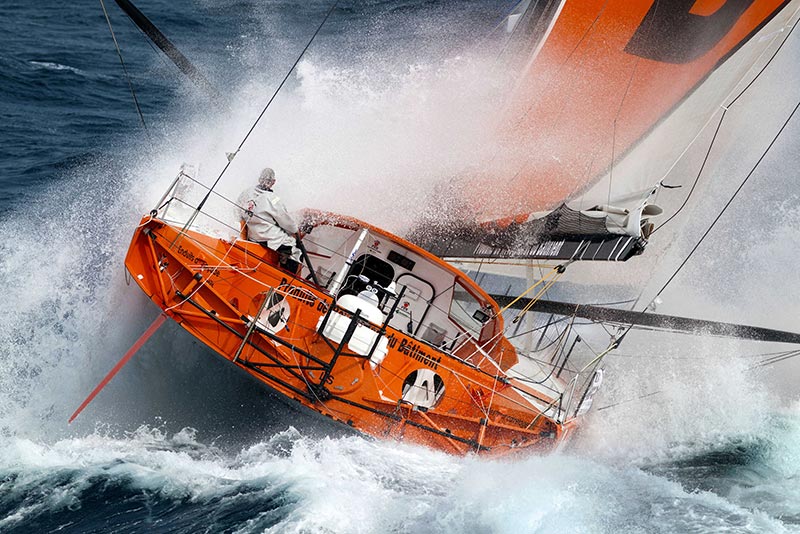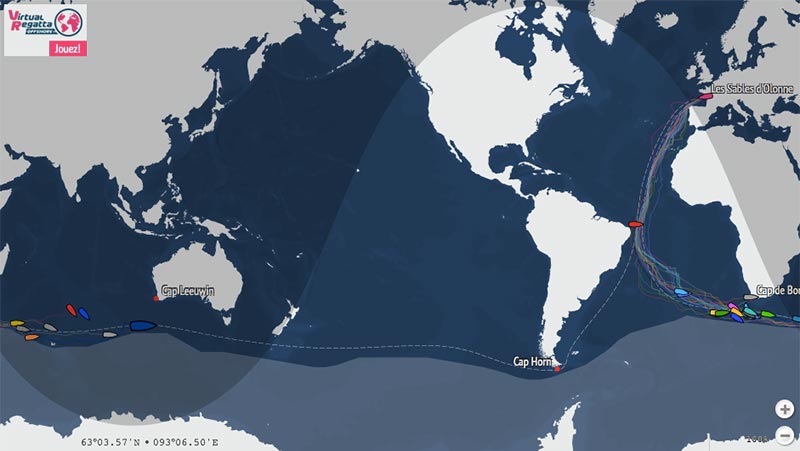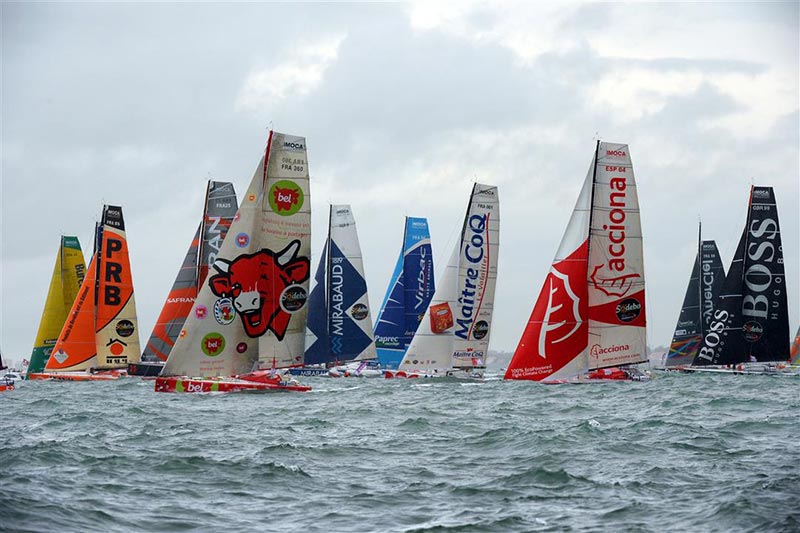Astronauts: The sailors of outer space?

After watching The Martian for the second time, some friends of ours recommended that Rebecca and I check out the book that it was based on, stating that it was even more captivating than the movie. Since we both thoroughly enjoyed the film, we followed through on the suggestion, and each started reading the book on our Kindles. Rebecca has since finished the novel while I am still working my way through it. Even though we basically knew the plot (the movie is quite faithful to the book), and thus what was going to happen, we still found it enjoyable to read the story, getting even greater detail, especially about how the main character, Mark Watney, played by Matt Damon in the movie, overcame the various challenges that he was faced with, ultimately to save his life.
Sorry if that was a spoiler. 🙂
The way that The Martian’s protagonist had to problem solve and fix things, frequently being forced to improvise solutions, got me thinking about the parallel between astronauts and sailors, especially those who complete long-distance passages, single-handed. When you think about it, are astronauts not sailors themselves, except on a significantly larger ocean? Yes, I know The Martian is fiction, but hear me out.

At this very moment there are numerous sailors racing across the oceans, each of them vying to be this year’s Vendée Globe champion. For those not familiar with the event, the Vendée Globe is a round-the-world, non-stop, single-handed race. It takes place once every 4 years, and is unsupported, meaning that the competitors are basically on their own. The sailors are all competing on Open 60s, which are super fast, kind of like the rocket ships of the sailing world!

Rocket ships of the sailing world!
From the Vendée Globe website:
The Vendée Globe is still the only non-stop solo round the world race without assistance. The event was created in the spirit of the Golden Globe, which was in 1968 the first non-stop solo round the world race via the three capes (Good Hope, Leeuwin and the Horn). Out of the nine pioneers, who set sail in 1968, only one made it back to Falmouth on 6th April 1969 after 313 days at sea, the British sailor, Robin Knox-Johnston. Sir Robin Knox-Johnston thus became the first sailor to sail alone around the world without stopping…
Twenty years later, the French sailor Philippe Jeantot, following on from his two wins in the BOC Challenge (the solo round the world race with stopovers), came up with the idea of a new solo round the world race, but this time a non-stop race. The Globe Challenge was born, and a few editions later this became the Vendée Globe. On 26th November 1989, thirteen sailors set off in this first edition, which would last more than three months. Only seven made it back to les Sables d’Olonne.
Since then, the first seven editions of what the public refers to as the Everest of the seas, have enabled 138 sailors to line up at the start of the Vendée Globe, while only 71 have managed to cross the finishing line. This figure alone expresses the huge difficulty of this global event, where sailors face icy cold conditions, mountainous waves and leaden skies in the Southern Ocean. The Vendée Globe is above all a voyage to the ends of the sea and deep down into the sailor’s soul. It has been won by some of the greatest names in sailing: Titouan Lamazou, Alain Gautier, Christophe Auguin, Vincent Riou and François Gabart. Only one sailor has won it twice: Michel Desjoyeaux, in 2001 and 2009. The race record is held by François Gabart with a time of 78 days.
The eighth Vendée Globe will set sail from les Sables d’Olonne on Sunday 6th November 2016. – Source

Actual vessel positions can be found here.
Even though I can’t imagine that any ocean sailor faces quite the same level of danger that an actual astronaut does, we all know that what they do is serious stuff, especially at the level that we see in a race like this. My guess is that the same drive, intelligence, and problem-solving ability that allows one to be selected for a space mission can be found, in some certain quantity, in every one of the Vendée Globe competitors. Fair winds to everyone out there.





Mike, I loved the book. Read it twice (which is saying a lot). The movie is excellent too. Your sailing parallel is spot on. As I read, I kept thinking that if I was a high school chem or physics teacher, I would make reading the book the first assignment of the year. Practical science in action is more compelling than dull study in the abstract. Thanks for the post! 🙂
I would have loved that as a school assignment too!
It amazes me that in the video he keeps burying the bow and at times is heeled over 60 degrees it seems. I wonder if they ever worry about a pitchpole? (burying the bow and flipping forward like a Hobie Cat does).
I just saw a video on Facebook two days ago (non Vendée Globe) where that exact thing happened.
There is a wonderful book by Michael Flynn called “The Wreck of The River of Stars“. It’s written like a classic Greek tragedy, with each of its characters representing a unique personality, and it’s a riveting tale. The relevance to this post is that The River of Stars is an old solar sail ship, the last of her kind. Once a luxurious liner, she’s now obsolete and used as a tramp freighter with retrofitted engines, and nostalgia for the age of solar sail plays a big part in how the story unfolds…Highly recommended.
Thank you! We’re always looking for good book recommendations.
I’ve heard this same argument made by several astronauts. It’s a valid comparison. The dangers, the expense, and the speed are different, but the skill sets and the necessary mindset to make the voyage work are very, very similar.
Really? I guess I’m not the original thinker that I believed I was. 🙂